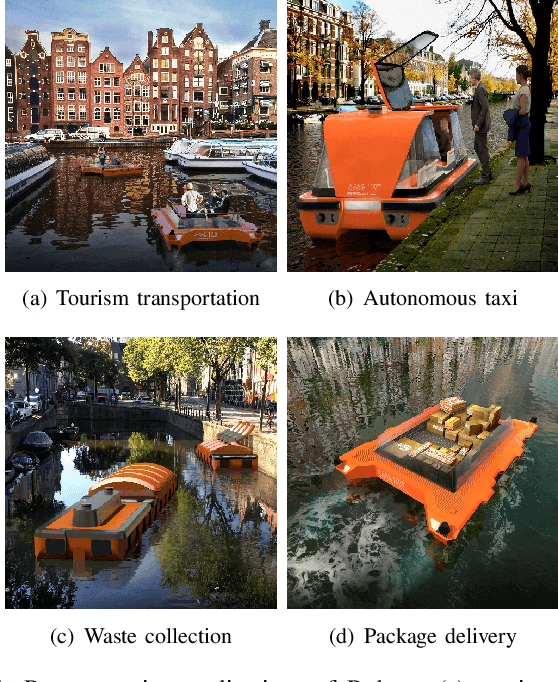A Receding Horizon Multi-Objective Planner for Autonomous Surface Vehicles in Urban Waterways
Paper and Code
Jul 16, 2020



We propose a novel receding horizon planner for an autonomous surface vehicle (ASV) path planning in urban waterways. The proposed planner is lightweight, as it requires no prior map and is suitable for deployment on platforms with limited computational resources. To find a feasible path in the presence of obstacles, the planner repeatedly generates a graph, which takes the dynamic constraints of the robot into account, using a global reference path. We also propose a novel method for multi-objective motion planning over the graph by leveraging the paradigm of lexicographic optimization and applying it for the first time to graph search within our receding horizon planner. The competing resources of interest are penalized hierarchically during the search. Higher-ranked resources cause a robot to incur non-negative costs over the paths traveled, which are occasionally zero-valued. This is intended to capture problems in which a robot must manage resources such as risk of collision. This leaves freedom for tie-breaking with respect to lower-priority resources; at the bottom of the hierarchy is a strictly positive quantity consumed by the robot, such as distance traveled, energy expended or time elapsed. We conduct experiments in both simulated and real-world environments to validate the proposed planner and demonstrate its capability for enabling ASV navigation in complex environments.
 Add to Chrome
Add to Chrome Add to Firefox
Add to Firefox Add to Edge
Add to Edge